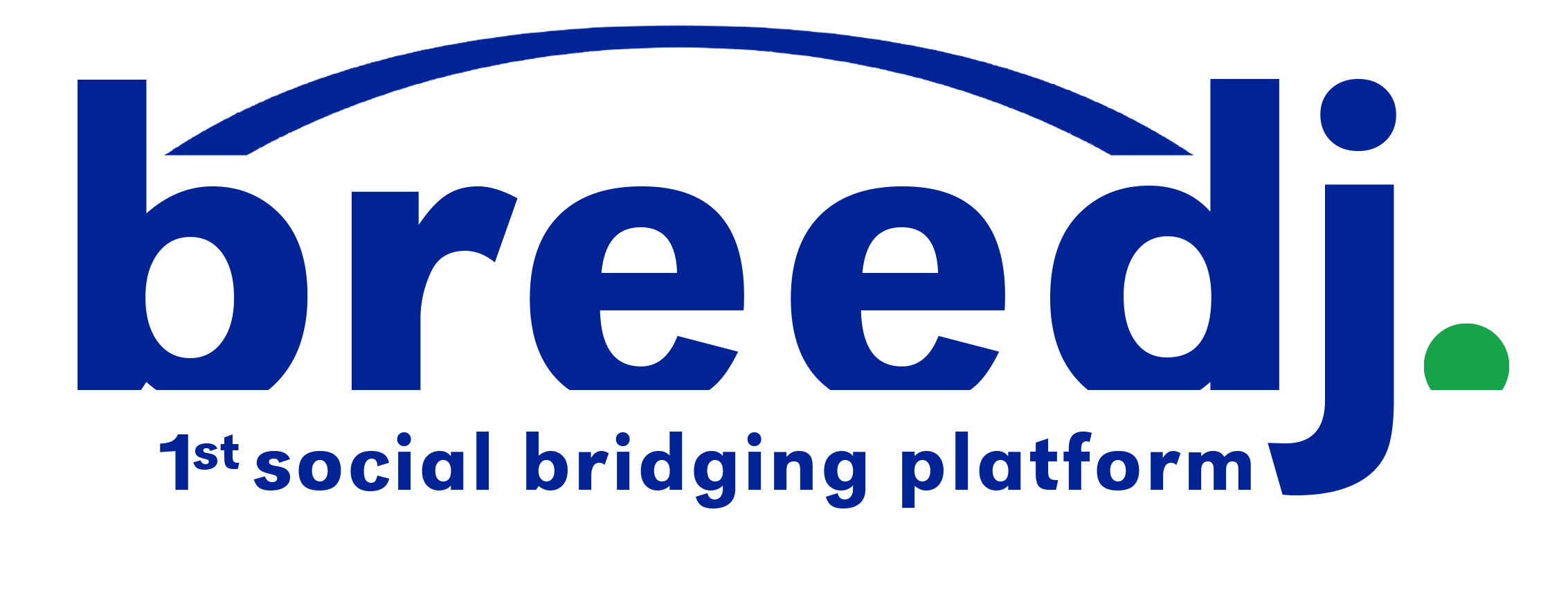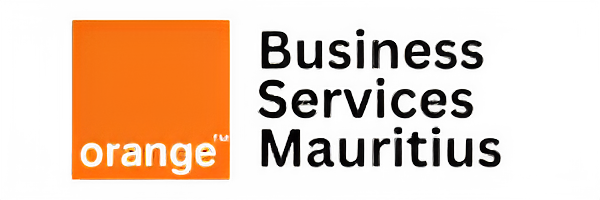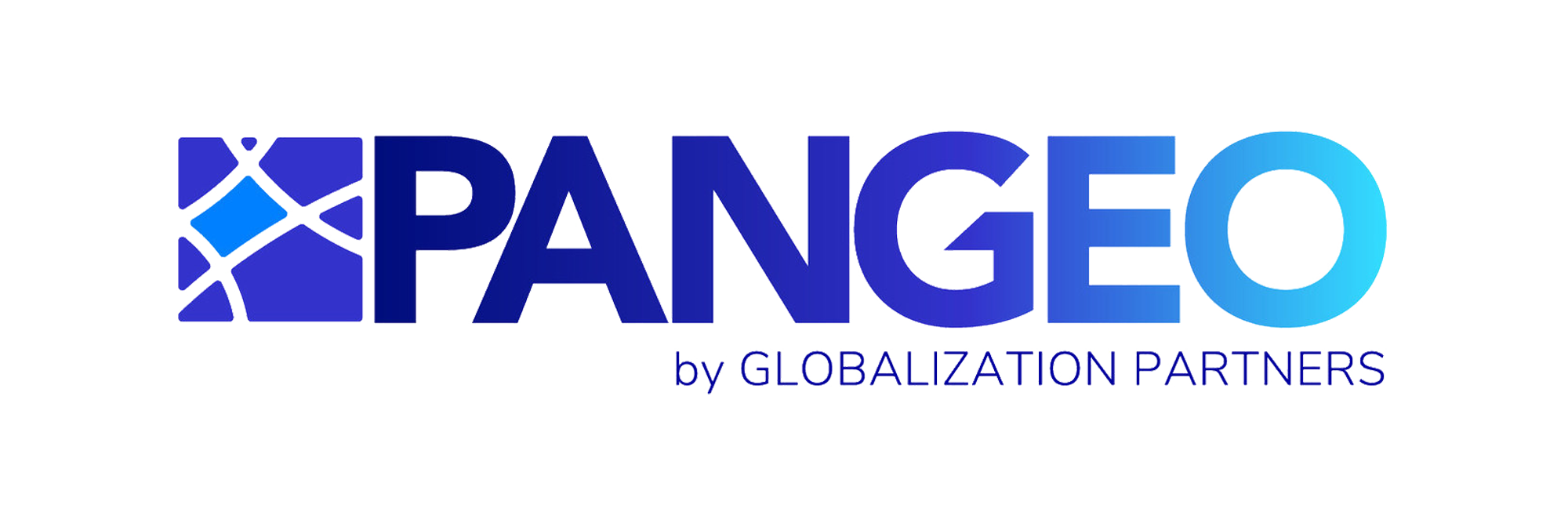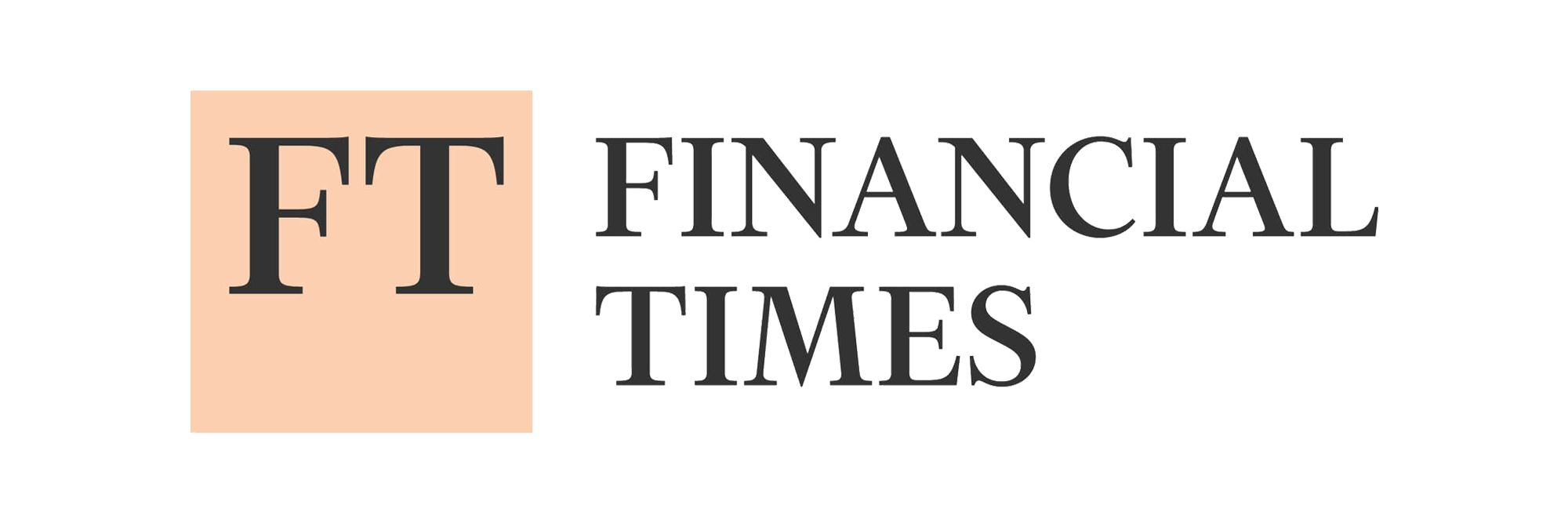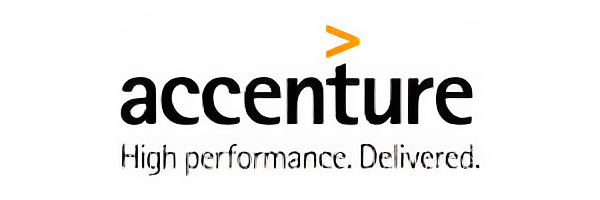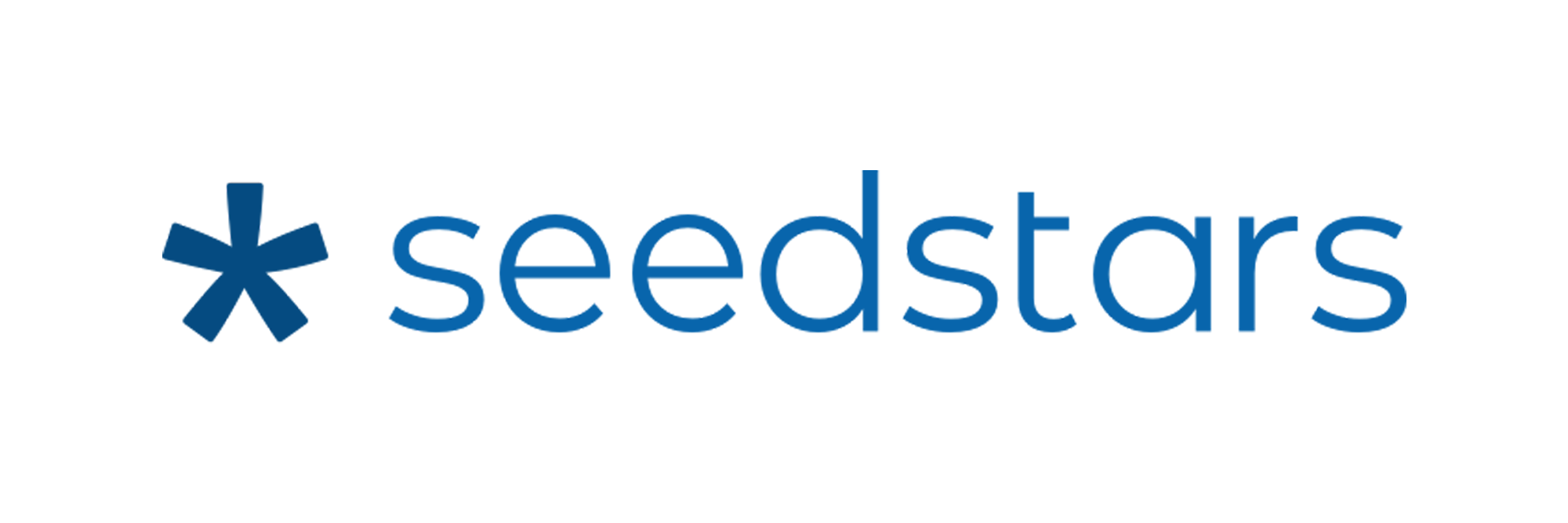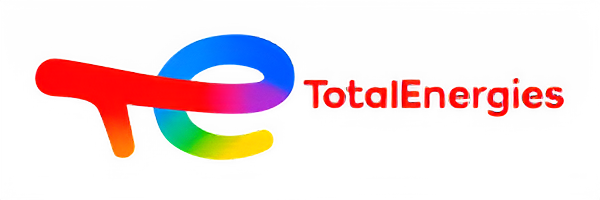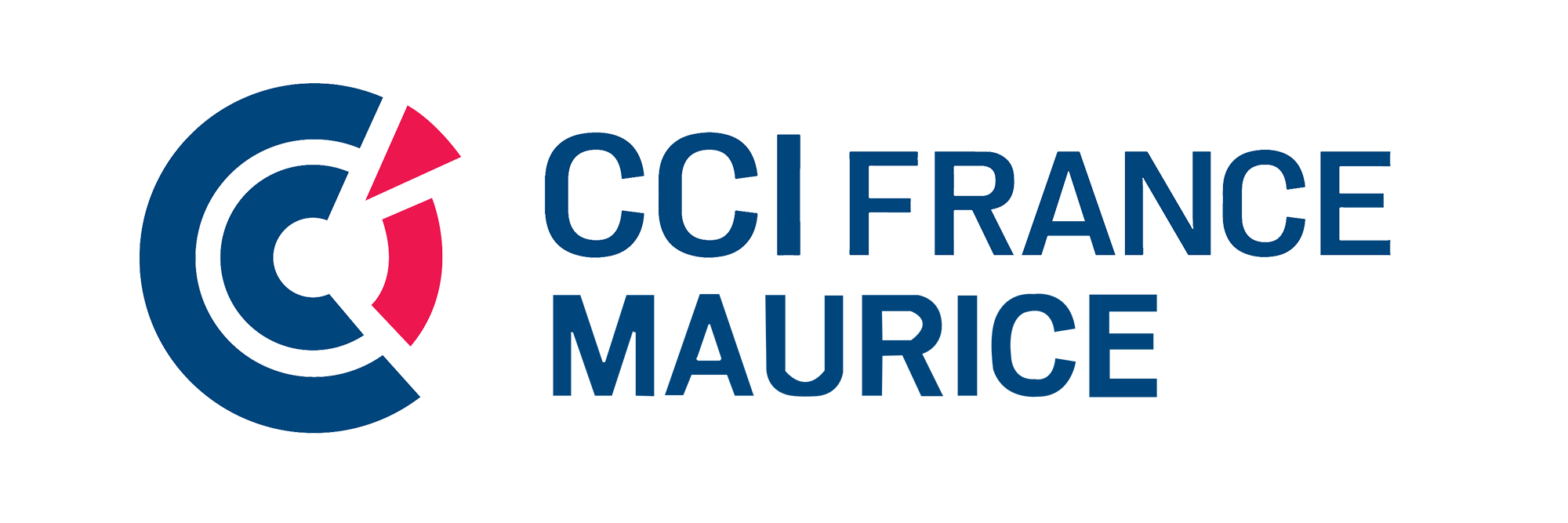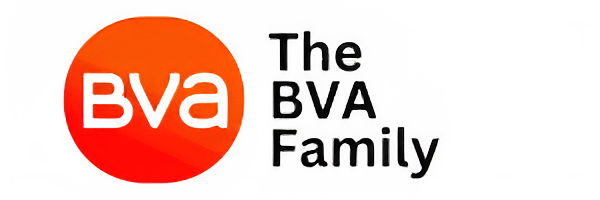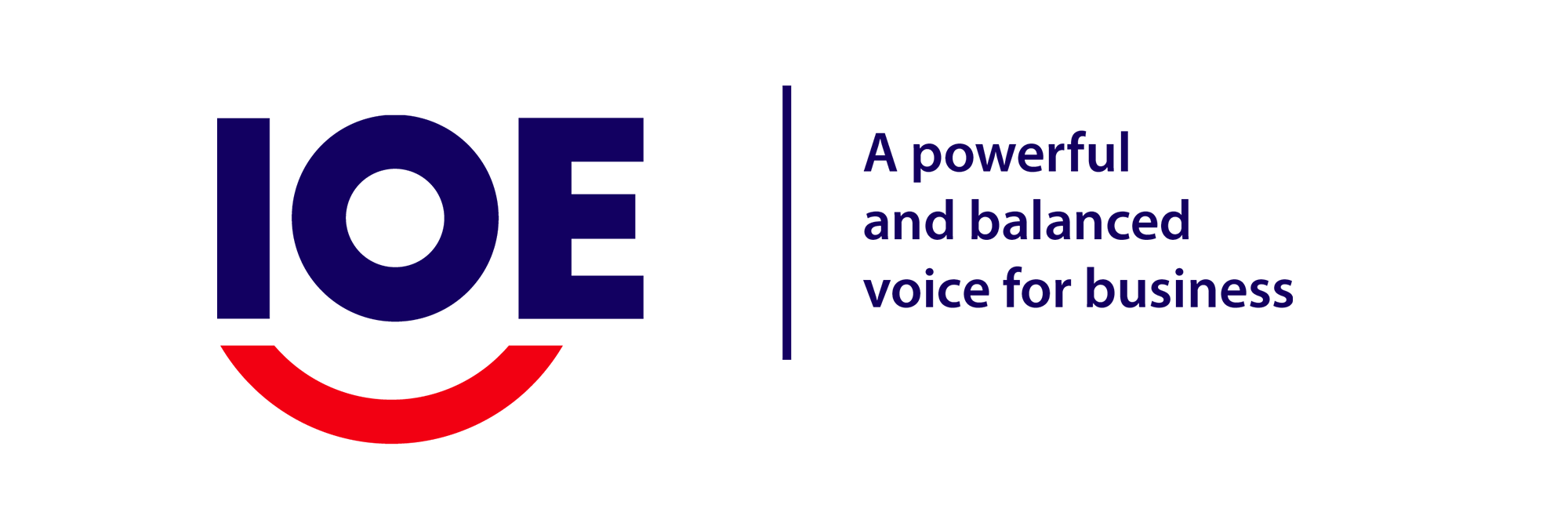The world of work is evolving at lightning speed. From the rise of remote work to the integration of AI in daily tasks, businesses must now do more than adapt they must proactively prepare.
At the heart of this preparation lies a critical question: Is your workforce truly change-ready? The companies that will thrive in 2025 and beyond are those that prioritize not just recruitment and performance, but continuous development and resilience across their entire talent ecosystem.
In this article, we explore how HR technology, when strategically deployed, becomes a powerful enabler of a future-ready workforce. We’ll look at the role of resilience, generational shifts, and how personalized employee development plans are becoming central to business success.
Resilience: The Foundation of Workforce Change Readiness
Change-readiness isn’t just about agility it’s about resilience. In a hybrid, distributed world where uncertainty is constant (pandemics, AI disruption, geopolitical shifts), HR leaders are turning to digital tools to foster more resilient, adaptable teams.
Resilience in 2025 looks like:
Teams that bounce back from disruption quickly
Employees who can learn new tools and workflows autonomously
Leaders who communicate change clearly and empathetically
Systems that support psychological safety and transparency
HR technology plays a foundational role here. Platforms offering real-time employee sentiment analysis, engagement tracking, and feedback loops give leaders the data they need to spot burnout, stress, or disengagement before it snowballs.
Breedj, for example, supports global employers in maintaining consistent, compliant structures that reduce stress across borders a key part of the resilience puzzle.
From Leadership to Line Employees: Tailored Development Matters
A common mistake in change-readiness planning is treating every employee the same. But the reality is that different roles, career stages, and regions require tailored development and support.
Here’s how forward-thinking companies are using HR tech to personalize development:
1. Leadership Enablement Platforms
Tools like BetterUp or Torch deliver virtual coaching, peer learning, and goal alignment for managers and executives. These help leaders:
Navigate remote team dynamics
Improve communication across cultures
Model adaptability and inclusive leadership
2. AI-Powered Learning Pathways
Platforms like 360Learning or Docebo use AI to personalize learning by role, behavior, or skill gap. Instead of mandatory, one-size-fits-all training, employees get:
Bite-sized, relevant content
Just-in-time learning for new tools
Career-growth-aligned suggestions
Breedj works alongside these platforms by ensuring talent in any region whether in Nairobi or Nice is onboarded, developed, and supported legally and consistently.
The Gen Z Dilemma: Between Promise and Anxiety
By 2025, Gen Z makes up over 30% of the global workforce. This generation brings:
Digital fluency
Purpose-driven expectations
High adaptability
Demand for autonomy
But they also face:
Economic anxiety
Career path uncertainty
Burnout from “always-on” culture
Distrust in traditional corporate structures
Companies that want to tap into Gen Z’s potential must support their wellbeing and development with empathy and innovation.
How HR Tech Helps:
Anonymous wellbeing surveys (Officevibe, Leapsome)
Digital coaching and mental health platforms (Modern Health, Headspace for Work)
Flexible learning tools built for mobile-first usage
Clear development paths, tracked through performance and LXP platforms
Breedj supports this by helping companies hire Gen Z talent globally without needing to open local entities meaning you can build diverse, borderless teams of next-gen talent legally and easily.
Rethinking Talent Development in a Distributed Era
The traditional “corporate ladder” is dead. Today’s employees regardless of generation want:
Lateral mobility
Project-based growth
Upskilling aligned with their values
Flexibility in how and when they learn
HR strategies must now shift from fixed roles to fluid capabilities. And that shift must be powered by integrated technology.
3 Key Shifts in 2025:
a. From Training to Continuous Learning
Learning is no longer a quarterly event it’s daily, bite-sized, and embedded into work. Tools like Degreed or Coursera for Teams let companies push content to employees exactly when they need it.
b. From Annual Reviews to Real-Time Feedback
Annual reviews are being replaced by continuous feedback models, made possible with tools like Lattice, CultureAmp, or 15Five. This supports change-readiness by:
Keeping teams aligned
Encouraging micro-adjustments in performance
Building a culture of transparency and trust
c. From Org Charts to Skill Clouds
Instead of hiring by job title, some companies now hire and deploy by skill clusters. HR platforms with skill-mapping (like Gloat or Eightfold AI) allow HR teams to:
Visualize existing capabilities
Predict future needs
Develop or acquire missing skills proactively
Practical Steps to Build a Change-Ready Workforce
Not sure where to start? Here’s a blueprint for building future-ready talent using HR tech and strategic planning:
Assess your current workforce’s adaptability
Use engagement surveys, performance trends, and sentiment analysis to understand where resistance or gaps exist.Build resilience into your HR systems
Integrate wellbeing tools, mental health support, and flexible policies into your core tech stack.Map skill needs across functions and geographies
Use AI-based talent intelligence platforms to identify where your team is strong and where you need to build.Develop cross-functional learning programs
Encourage cross-department collaboration and learning by linking L&D platforms to OKRs and real projects.Embrace feedback culture and transparency
Use performance tools that let managers and teams share updates in real time not once a year.Enable leaders with data
Give your managers dashboards and heatmaps so they can spot low morale, low productivity, or emerging stars.Use an EOR like Breedj to support global growth
When scaling internationally, don’t let legal complexity hold you back. Breedj ensures compliant employment across multiple countries, while you focus on developing talent not fighting red tape.
The Bottom Line: Workforce Readiness is a Strategic Imperative
Workforce change-readiness isn’t a “soft” topic. It’s directly tied to:
Revenue protection: Reduce turnover costs and lost productivity
Faster market entry: Develop leaders and hires in new regions quickly
Innovation: Create room for experimentation and risk-taking
Retention: Keep top performers by helping them grow and feel supported
Brand strength: A reputation for employee growth attracts better talent
Companies that fail to prepare for change will lose talent to more agile, more human-centric competitors.
Technology Is Only Part of the Solution
It’s not just about buying more HR software. It’s about redefining HR strategy to focus on people over processes. Technology is the enabler but the real transformation comes when organizations:
Lead with empathy
Reward adaptability
Embrace continuous learning
Build trust across borders
Align development with purpose
At Breedj, we help companies not only hire across the world legally, but also build cultures of resilience, learning, and future-readiness.
Because the future of work belongs to those who are ready to grow through change not just survive it.
